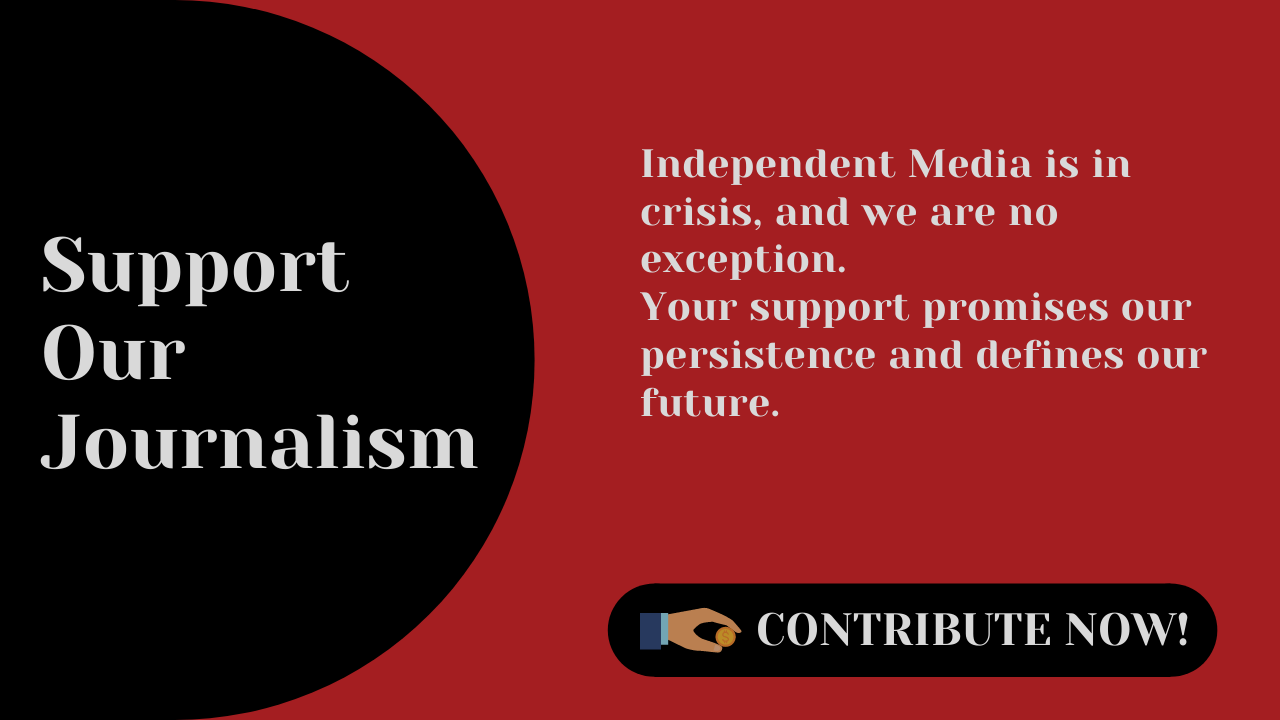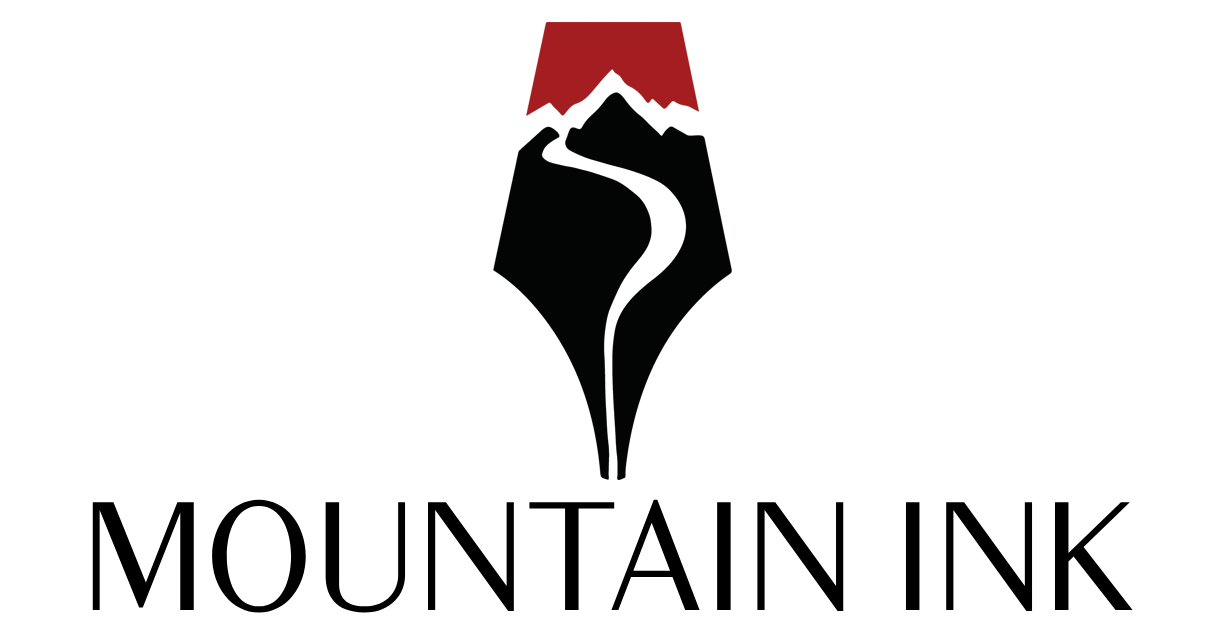What Are The Variations Between Raster And Vector Graphics?
Ubaid Majeed is the Editor-in-Chief at the Mountain Ink.
Understanding the variations between raster and vector graphics will empower you to make knowledgeable decisions that improve your design. Whether you need the intricate details https://deveducation.com/ of raster pictures or the scalability of vector images, each format has its strengths and weaknesses. You can choose probably the most applicable format by rigorously contemplating the context during which you’ll use these graphics.

After all, we interact with pixel-based pictures daily on our cameras, phones, TVs, and so on. This breakdown exhibits that when photographic essence issues, raster delivers. However for renderings requiring extreme precision, fluidity and dynamism, embrace vector. Vectors shine for their seamless mathematical scaling and editability since picture data remains fluid and computationally derived as they develop and morph.

The vector image used a mathematical calculation from one level to another to take shape and in addition shade in an image. Instead of relying on hundreds of thousands of tiny of pixels per inch, vector graphics use mathematical formulation to outline shapes, traces, and curves. Imagine them like digital blueprints the place each component is precisely outlined.
The Way To Convert Raster Images To Vector Photographs
You can take the image under as a reference to determine what will work better with your project. Remember, when you do this your graphic will have a set resolution and dimension, so remember to scale it up or down earlier than saving relying in your sizing wants. You can simply change your screen decision in the doc settings as properly. This underlying raster construction closely parallels how cameras capture photographs sensor-by-sensor and screens illuminate pictures dot-by-dot. This makes rasters uniquely suited to pictures, video and digital display utilization.
Support Our Journalism
You are reading this because you value quality and serious journalism.
But, serious journalism needs serious support. We need readers like you to support us and pay for making quality and independent journalism more vibrant.

Raster File Sorts
The most measurement and general clarity of the image is going to rely upon how many pixels it’s made of (aka it’s resolution). The laptop simply recalculates the equations every time the dimensions or position modifications. On the opposite hand, vector graphics are the maths gurus of your artistic circle. Need a brand that can look good on a enterprise card and a big billboard? Raster photographs are appropriate with all recognizable and well-liked software. This makes them appropriate for mass use in multipurpose initiatives.
If the raster is comprised of only a few high-contrast colours, you’re in luck. Vector programs embody Adobe illustrator, sketch, and CorelDRAW. Analyzing this high-level comparability reveals some core distinguishing components. Key raster strengths are photorealism and suitability for photography/scanning thanks to the direct pixel-to-sensor mapping.
- It offers a beautiful and adaptable method of visual illustration.
- Raster graphics are a elementary and adaptable media that serves as the muse for many of our visible experiences.
- In some contexts, the time period bitmap implies one bit per pixel, whereas pixmap is used for photographs with multiple bits per pixel.
- Scaling down these images is easy but enlarging a bitmap makes it pixelated or simply blurred.
Vector photographs use mathematical formula to define shapes, permitting them to scale infinitely without dropping high quality. So, raster for photos and details, vector for logos, and clean graphics. The major difference between raster and vector photographs is how they store information.
In some contexts, the term bitmap implies one bit per pixel, whereas pixmap is used for pictures with a number of bits per pixel. Join my e mail list to get exclusive freebies like graphics, photos, and video tutorials. The bother is that Picture Hint can have a really exhausting time capturing all the detail of a raster image.
Vector photographs use extra mathematical equations and formulas to outline shapes, allowing them to scale infinitely without losing quality. Raster graphics, often generally recognized as bitmap graphics, are based on pixels. A single dot symbolizes a color, but the colourful dots collectively kind a vibrant and sophisticated artwork. This raster graphics method produces photographs with lots of element.
Information Mining, Statistics Tutoring, Thesis Consulting By Phd In Stats
Picture formats like jpeg and gif are common compressed picture codecs. Scaling down these pictures is easy but enlarging a bitmap makes it pixelated or just blurred. Hence for pictures that need to scale to completely different sizes, we use vector graphics. Changing a raster picture to vector includes recreating the image fully, and this could get complicated. Raster and vector are fundamentally totally different image codecs, and getting them to look alike merely is not going to work more typically than not. You will have better results when the source raster picture is already made up of simple difference between raster graphics and vector graphics strains and colour.
Mathematical Formula
The variety of pixels in a picture is decided by the file sort (for instance, JPEG, GIF, or PNG). To convert raster graphics to vector graphics, you’ll want to make use of what Adobe Illustrator calls Picture Trace. The good news is changing vector graphics to raster graphics is simple. There comes a second in each graphic designer’s life whenever you first encounter the term vector graphic.. It’s usually preceded or followed by one other unfamiliar (and alarmingly mathematical-sounding) time period – raster graphic. Adobe Illustrator (and most vector programs) does present automated instruments for image tracing, though the results may be somewhat random.
Mountain Ink is now on Telegram. Subscribe here.
Become Our Ally
To help us strengthen the tradition of quality reading and writing, we need allies like YOU. Subscribe to us.





